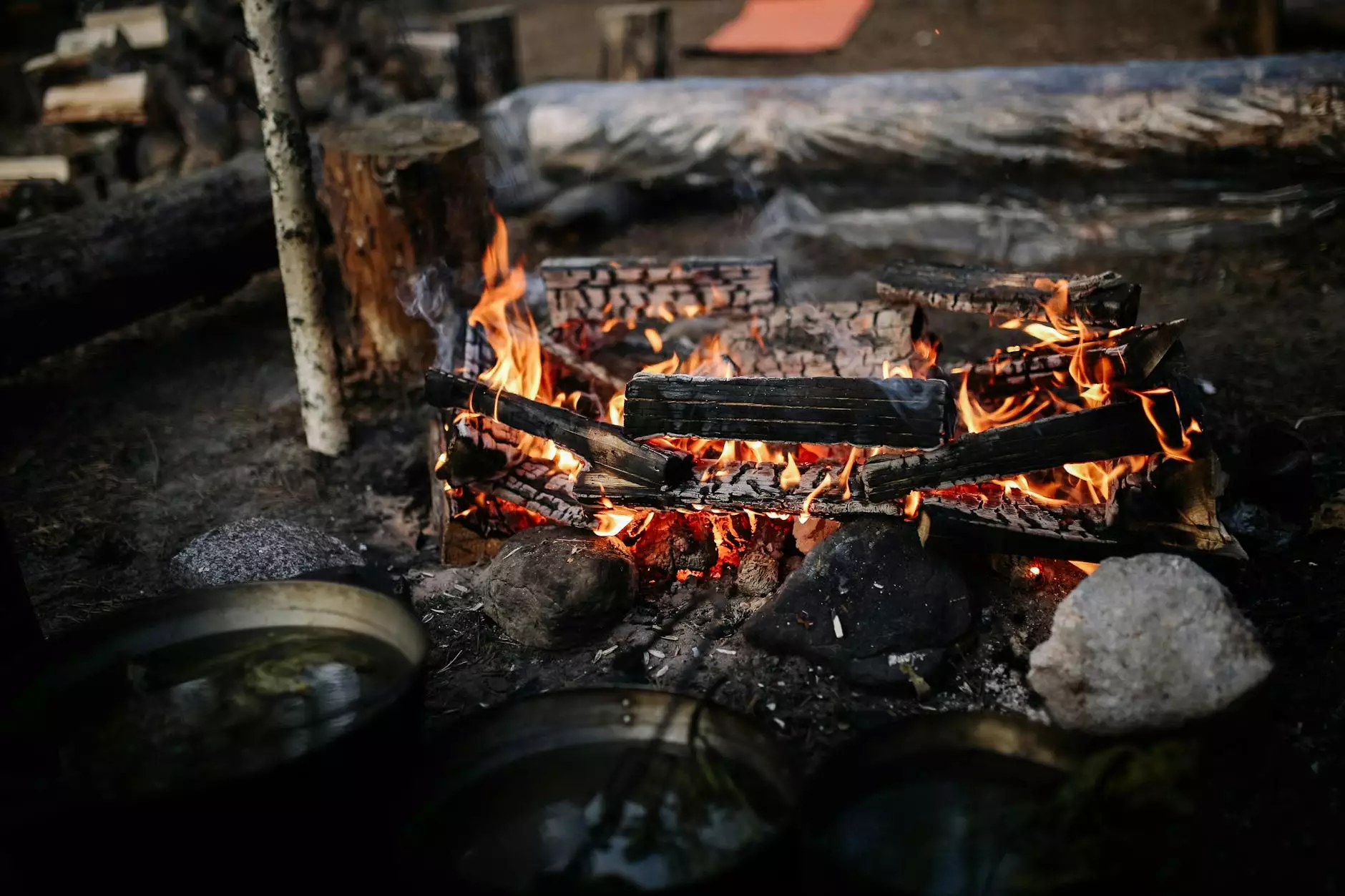The Ultimate Guide to Firewood: Quality Options and Sustainable Practices

Firewood has been an essential resource for heating and cooking for centuries. In modern times, it remains a popular choice for homeowners and businesses alike, not only for its practicality but also for the ambiance it creates. Whether you’re looking to stay warm during cold winters or want to enhance your outdoor gatherings, understanding the different types of firewood and the best practices surrounding its use is crucial. In this comprehensive guide, we'll delve into everything you need to know about firewood—including types, benefits, selection tips, and sustainable practices—ensuring you make informed choices every time you use firewood.
1. Understanding Firewood: Types and Characteristics
Firewood can be categorized into various types based on its sources and characteristics. The two primary categories are hardwood and softwood.
1.1 Hardwood vs. Softwood
Hardwood comes from deciduous trees, which shed their leaves annually. Softwood is derived from coniferous trees, which have needles and cones. Here’s a more detailed look at both:
- Hardwood: Dense, usually burns longer and produces a hotter fire. Common hardwoods include oak, maple, and hickory.
- Softwood: Generally easier to ignite and burns faster. Popular softwoods include pine, spruce, and fir. While they can produce more smoke and creosote, they can be great for starting fires or for less intense heat needs.
1.2 Moisture Content and Its Importance
The moisture content in firewood is a crucial aspect that influences its burning efficiency. Ideally, firewood should have a moisture content of less than 20%. High moisture can lead to:
- Poor combustion
- Increased smoke production
- Greater risk of creosote buildup in chimneys
Always opt for well-seasoned firewood or consider seasoning your own to achieve optimal burning conditions.
2. Choosing the Right Firewood for Your Needs
When selecting firewood, it’s important to consider your specific needs. Here are some factors to account for:
2.1 Purpose of Use
Are you using it for:
- Heating: For heating your home, choose hardwood for its longevity and heat output.
- Cooking: When grilling or cooking, hardwoods like mesquite or hickory add flavor to food.
- Ambiance: For creating a cozy atmosphere, any wood can work, but hardwoods burn cleaner and longer.
2.2 Storage Considerations
Proper storage of firewood is crucial to maintaining its quality. Follow these tips:
- Store firewood in a dry, sheltered area to prevent moisture absorption.
- Aim to elevate the wood off the ground using pallets or racks to improve airflow.
- Cover the top of the stack but leave the sides open for ventilation.
3. Benefits of Using Firewood
Utilizing firewood has numerous advantages:
3.1 Cost-Effectiveness
Firewood can be a more cost-effective heating alternative compared to gas or electric heating, especially if sourced locally. With prices often lower than fossil fuels, it can lead to substantial savings over time.
3.2 Environmental Impact
When sourced responsibly, firewood is a renewable energy source. Using sustainable practices in firewood harvesting can significantly reduce carbon footprints, making it a greener option compared to non-renewable resources.
3.3 Versatility and Aesthetic Value
Firewood offers versatility in use, whether for heating, cooking, or providing a backdrop for social gatherings. Moreover, the warmth and glow of a wood fire create a beautiful aesthetic, enhancing the atmosphere of any location.
4. The Importance of Sustainable Practices in Firewood Harvesting
To ensure that firewood remains a viable source for future generations, it’s vital to engage in sustainable harvesting practices. Here are key principles to adhere to:
4.1 Selective Cutting
Instead of clear-cutting forests, opt for selective cutting, which involves carefully choosing trees for harvest while preserving the overall forest ecosystem. This technique maintains biodiversity and forest health.
4.2 Replanting
After harvesting, ensure that new trees are planted to replenish the forest. This promotes continued growth and supports local wildlife habitats.
4.3 Preservation of Native Species
Encouraging the growth of native species helps maintain the local ecology and offers a sustainable firewood source. Native trees are typically better adapted to the local environment and require less maintenance.
5. The Process of Choosing and Purchasing Firewood
If you’re ready to purchase firewood, here’s a step-by-step guide to help you make the best decision:
5.1 Research Local Providers
Start by researching local suppliers, such as Wood-Trans, to find reputable sellers of quality firewood. Look for customer reviews and testimonials to gauge their reliability and service.
5.2 Request Information
Ask potential suppliers about the species of wood they offer, how it’s sourced, and its moisture content. A good supplier will be transparent about their practices.
5.3 Compare Prices
Always compare prices from different providers, keeping in mind the quality and sustainability practices of the wood. Don’t hesitate to negotiate or ask for bulk discounts if purchasing larger quantities.
6. Tips for Efficient Wood Burning
Once you’ve procured your firewood, follow these tips for efficient and safe burning:
6.1 Proper Fire Setup
Start with a good base of kindling and small pieces of wood. Lay your logs in a way that allows for adequate airflow. This will help your fire ignite more quickly and burn steadily.
6.2 Airflow Management
Control the air supply to your fire by adjusting vents, if available. Too much air can lead to rapid burning while too little can smother the fire.
6.3 Regular Maintenance
Clean your fireplace or wood stove regularly, and schedule annual chimney inspections to prevent creosote buildup. This practice is essential for both safety and efficiency.
7. Conclusion: A Lasting Investment in Warmth and Comfort
Choosing to use firewood as a heating and cooking source not only enhances your quality of life through warmth and ambiance but also fosters a connection to nature and sustainability. By selecting the appropriate type of firewood, sourcing it responsibly from providers like Wood-Trans, and adopting sustainable practices, you can enjoy the benefits of firewood while preserving it for future generations. Embrace firewood as a vital resource in your home and revel in the countless cherished moments it creates.
https://wood-trans.com/








